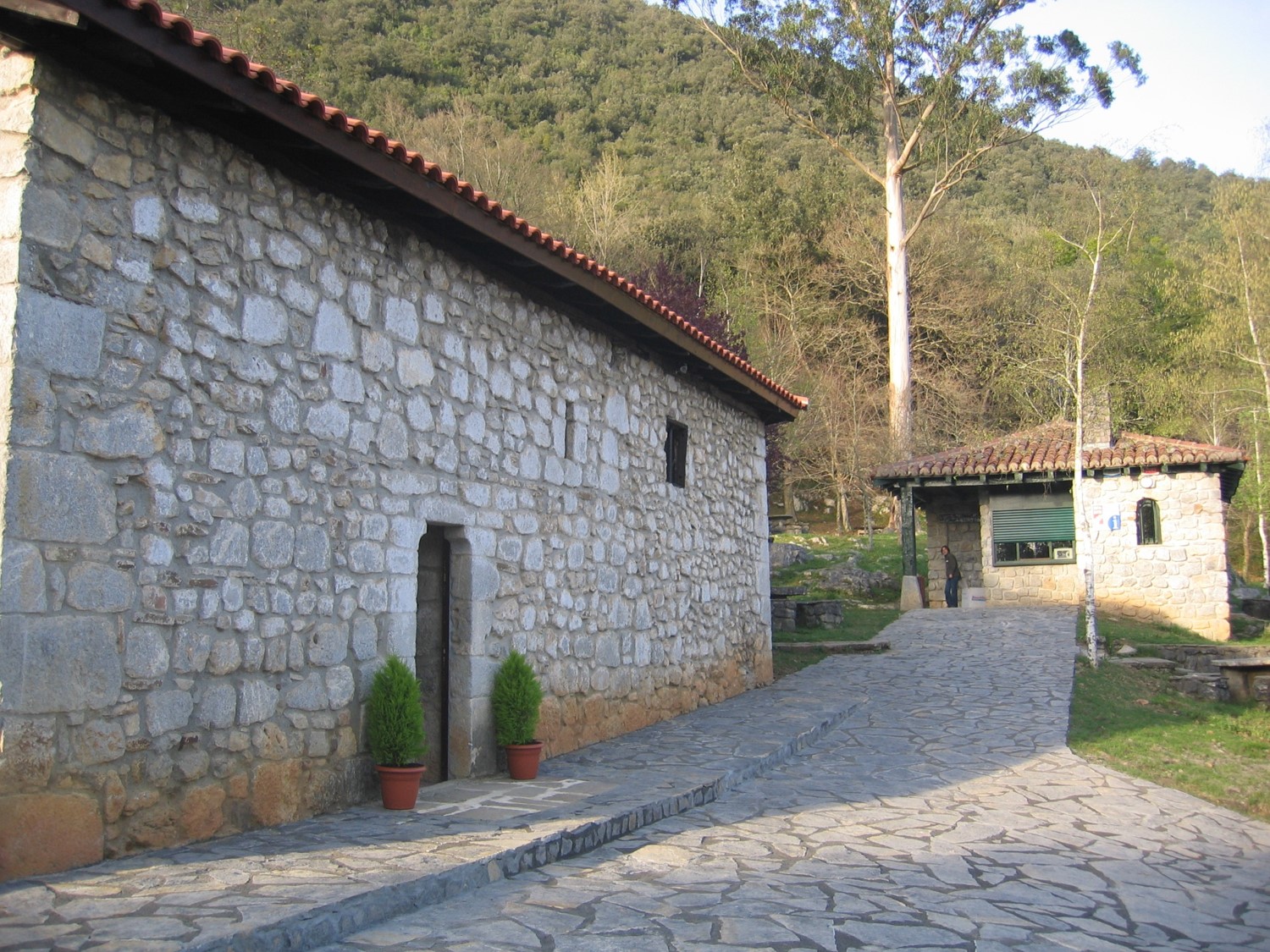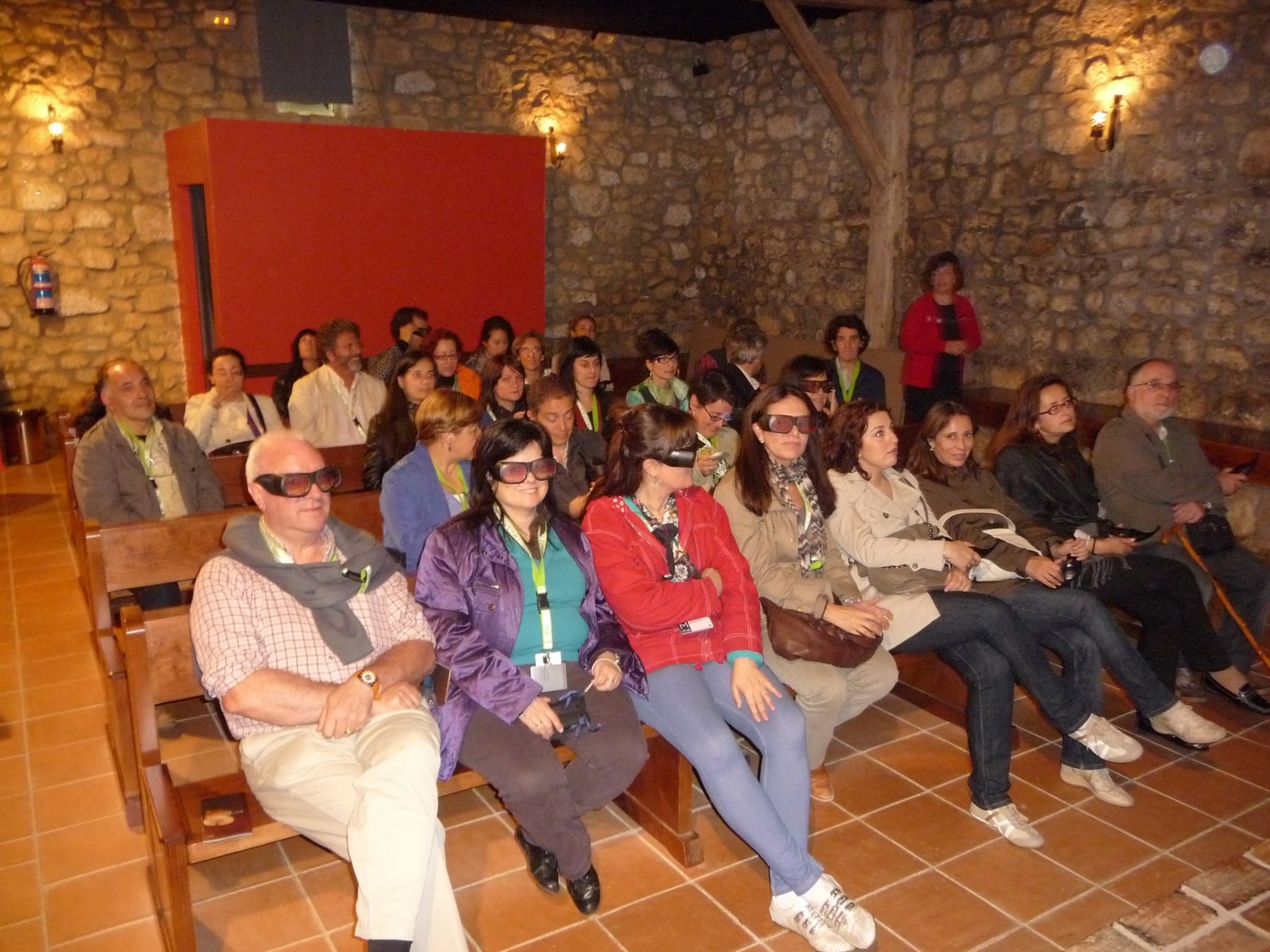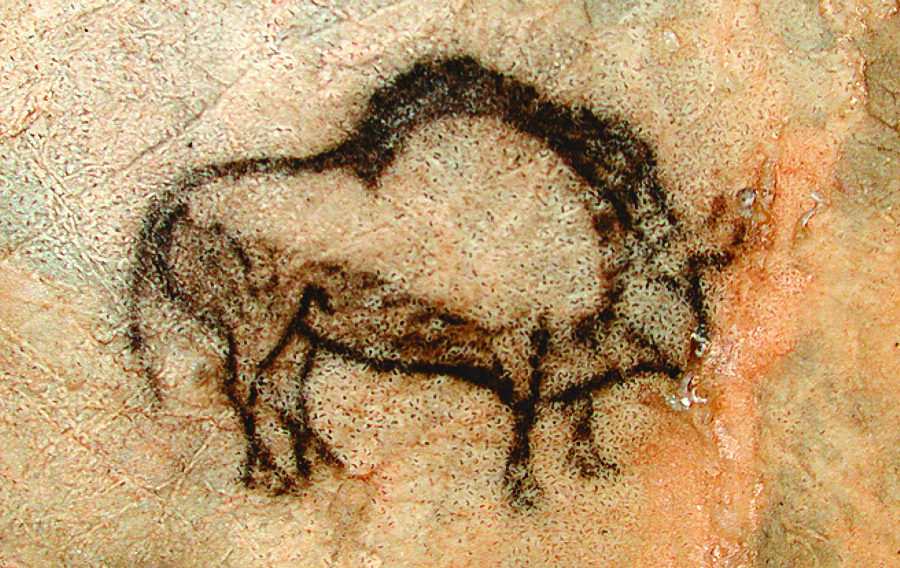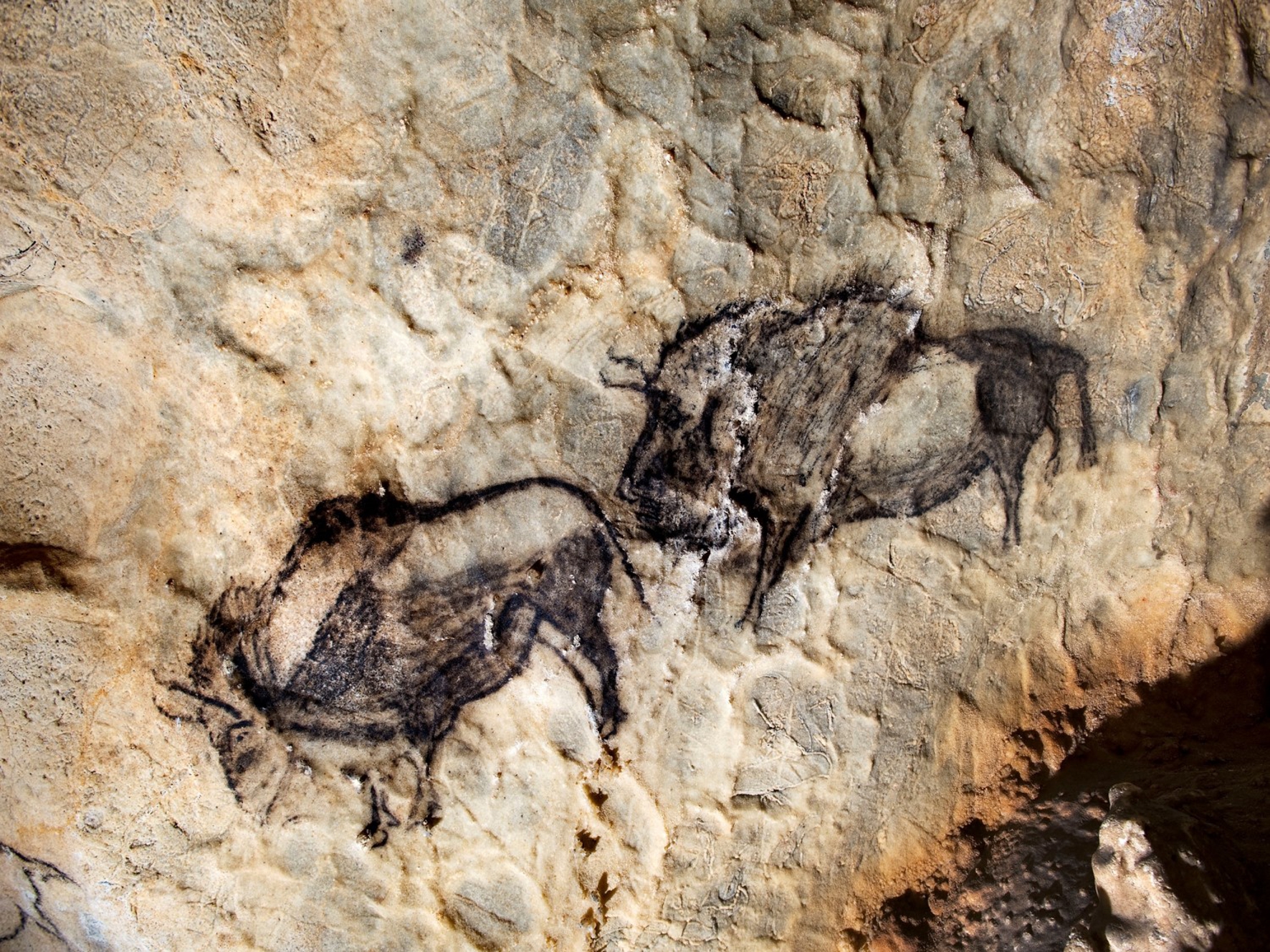Chronologie des représentations rupestres: Magdalenian, 14,500 – 12,000 years ago (Upper Palaeolithic)
Description générale de la destination: The paintings are found in three small panels in the main passage and a small side passage consisting of a corridor called the Antechamber and a final Chamber, which has most of the art. Above all, the Chamber has numerous figures of black bison accompanied by a horse. In general, they are not very large figures and not too carefully painted, but they are very characteristic of Magdalenian art in north Spain and the Pyrenees. Themes and techniques: In total, the cave has about 50 figures, painted with charcoal or engraved. The figures represent: 32 bison, 7 ibex, 6 horses, a bear, a stag and incomplete remains of other figure
Histoire du site: The cave was discovered in 1916 by a group of local kids who were looking for adventures in the mountain. They returned to the cave with Mr. Jesús Guridi (a music composer who used to spend the summer in Cortezubi), who identified the paintings as Prehistoric rock art and communicated the discovery to the Monuments Commission of the Vizcaya province. After that, the cave was visited by Henri Breuil (who certified the interest of the rock art), Telesforo de Aranzadi, José Miguel de Barandiarán and Enrique Eguren who began the first archaeological study of the cave.
Description des ressources du musée: At San Mamés Chapel, a sophisticated 3-D virtual replica allows the whole cave to be viewed, so that its formation and morphology can be understood and its Palaeolithic rock art, which can not be visited directly for conservation reasons, can be admired. The visit takes 1 hour 30 minutes. It begins at the Information Point, next to the San Mamés Hermitage. From there, visitors are accompanied by a guide to the cave entrance. Only the first 50 metres of the cave can be viewed for conservation reasons, and the rest of the cave is closed. The archaeological excavations, which were re-started a few years ago, can be viewed at the entrance to the cave.

















